Play Games and Earn LUCK.

Play Games and Earn LUCK.

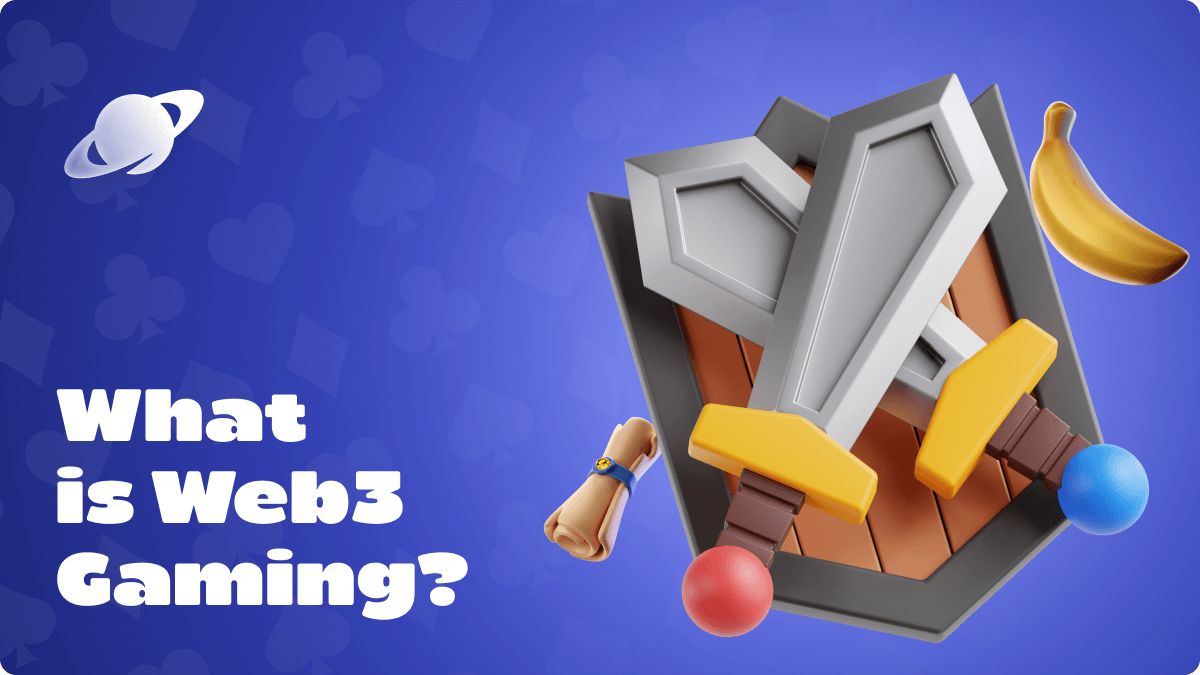
The rise of Web3 is shaking up many industries, and gaming is no exception. Web3 gaming represents a radical shift from traditional gaming platforms, empowering players through innovative, decentralized experiences. It introduces groundbreaking concepts like Decentralized Autonomous Organizations (DAOs), blockchain-based ownership, and crypto-secured wallets, paving the way for a more player-centric future. These advancements include exciting features such as play-to-earn and metaverse integration.
Additionally, Web3 gaming benefits game creators by introducing innovative ways to make money. It encourages players to stay engaged in the game, builds strong player communities, and allows for global reach. Furthermore, it offers the potential for recurring revenue and increased security, fostering trust among players.
By 2025, the Web3 gaming market is expected to grow at a CAGR of 61.5% as funds are keeping a close eye on the Web3 gaming market watching out for new promising projects.
In this guide we explore the world of Web3 gaming, examining its dynamic features and groundbreaking potential.
Web3 gaming, also known as blockchain gaming, is a revolutionary approach that leverages blockchain technology to create a more decentralized and player-centric experience. Unlike traditional games controlled by central authorities, Web3 games operate on a decentralized infrastructure, giving players more control over in-game assets and potentially influencing game development.
Web3 gaming provides fair virtual markets with player ownership. In-game assets are distinct and verifiable thanks to NFTs (non-fungible tokens). Web3 gaming also allows for interoperability between games built on compatible blockchains, enabling players to potentially use their assets across different platforms.
The origins of Web3 gaming can be linked to the rise of blockchain technology, notably Ethereum, in the early 2010s. A trailblazing initiative was CryptoKitties, launched in 2017. This blockchain-driven game enabled players to collect, breed, and exchange digital cats, each being a distinct, tradable asset on the Ethereum blockchain. CryptoKitties illustrated the potential for in-game items to hold genuine real-world worth, sparking wider acceptance of blockchain in the gaming sphere.
With the evolution of the blockchain sector, an increasing number of games embraced this technology, facilitating the growth of Web3 gaming. Notable Web3 games such as Axie Infinity, Decentraland, and Lost Relics entered the scene, each bringing their own unique features and innovations to the Web3 gaming universe.
Web3 games are based on the decentralized, peer-to-peer architecture of blockchains, and include cryptocurrencies and non-fungible tokens (NFTs). Blockchain enables players to own and trade in-game items — like NFTs and other digital assets — and transfer them without third-party intervention. The assets are managed and traded on decentralized marketplaces using smart contracts.
Decentralization offers the gaming industry and players lots of unique benefits. Alongside the increased transparency and security a blockchain provides, decentralized gaming gave rise to the play-to-earn (P2E) gaming model, where players earn cryptocurrency for playing and leveling up in games.
Web3 gaming contributes to the gaming industry’s financial strength through innovations like decentralized autonomous organizations (DAOs), crypto-secured gaming wallets and the metaverse.

Web3 gaming differs significantly from its predecessor in several key ways including:
Web3 gaming brings forth the notion of "true ownership." In Web2 gaming, developers essentially own all in-game assets, leaving players with no tangible rights to their digital belongings. Conversely, Web3 games utilize Non-Fungible Tokens (NFTs) to symbolize in-game items, guaranteeing players authentic ownership and authority over their virtual assets. This shift enables players to freely buy, sell, and exchange their items, both within and beyond the game's ecosystem.
Additionally, Web3 gaming enables interoperability. In Web2 games, in-game items are usually confined to a single platform, limiting their use in other games. On the contrary, Web3 games dismantle these restrictions, enabling players to utilize their assets across various games and virtual environments. This interoperability enriches the gaming experience, providing a degree of freedom and flexibility previously absent in the gaming landscape.
Web3 gaming embraces the "play-to-earn" model. In traditional Web2 gaming, developers mainly generate revenue from players through in-game transactions and ads. Conversely, Web3 gaming redistributes this wealth, allowing players to monetize their gaming abilities and time commitments. Gamers can now earn cryptocurrencies and valuable NFTs by actively engaging in the game's ecosystem, effectively transforming their gaming passion into a feasible income stream.
Web3 gaming offers another interesting and unique potential: revitalizing classic popular games by integrating them with the metaverse and blockchain technology. This opens the door to a more decentralized experience for these beloved titles. By extending old games to the metaverse, players can make their avatars and trade in their favorite in-game assets and collectibles. However, it’s important to clarify that integrating older games into the metaverse can be complex and might not always be feasible.
Web3 gaming ecosystems run autonomously with minimal maintenance cost and zero intervention from any authority. With block minting and high game data storage facility, Web3 gaming has negligible downtime and is highly scalable.
Web3 games embrace transparency by leveraging blockchain technology. Since games are distributed across the blockchain (no single point of failure), all transactions and game data are publicly viewable. This fosters trust and ensures a fair playing field for everyone involved.
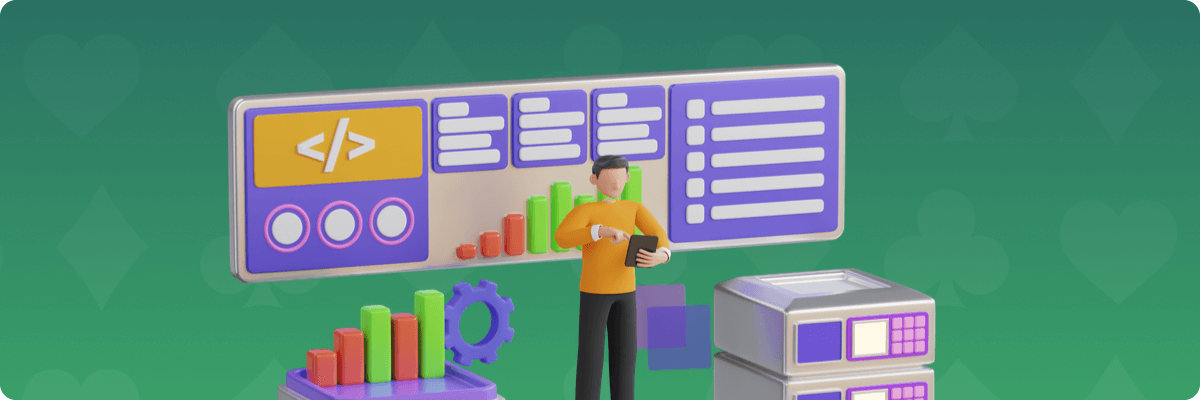
Web3 gaming relies on a unique blend of technologies to create a decentralized and player-centric experience. Here's a breakdown of the key components:
These tools act as the bridge between players and the blockchain. Web3 libraries allow developers to integrate blockchain functionalities into their games, while dApps (decentralized applications) facilitate in-game transactions, asset management, and interaction with smart contracts. Both libraries and dApps are often built using popular game development engines like Unity or Unreal SDKs. Once the protocol is done between EVM and non EVM blockchain, the Web3 libraries role changes accordingly.
Smart contracts (or self-executing contracts) govern various aspects of Web3 games. They can manage in-game economies, control asset distribution, and even facilitate voting on game changes based on player input. Smart contracts are typically written and compiled using tools like Remix IDE and deployed on the blockchain. Tools such as Truffle, Hardhat and Brownie are easy to use when a local development ecosystem is required.
Nodes or Web3 providers act as gateways to the blockchain network. Nodes retrieve and relay information stored on the blockchain, which is crucial for Web3 libraries to interact with smart contracts and perform actions within the game. Without them, communication with the blockchain wouldn't be possible.
Every player in a Web3 game needs a unique digital wallet to store their in-game assets like NFTs (non-fungible tokens) and cryptocurrencies. These wallets connect to the blockchain and are essential for interacting with the game's economy and managing your digital goods.
While not essential for all Web3 games, XR (Extended Reality) hardware like VR headsets, smart glasses, and haptic gloves can enhance the experience. These tools allow players to interact with the game world in a more immersive and engaging way, potentially bridging the gap to the metaverse.
These are technical specifications that ensure different Web3 games and applications can seamlessly communicate with each other. Imagine standardized formats for text, audio, 3D models, and other media, allowing players to potentially move their assets and experiences across different platforms in the future.
By combining these technologies, Web3 gaming creates a foundation for a future where players have more control over their in-game experiences and assets. The open and transparent nature of the blockchain, along with the potential for interoperability, paves the way for a more innovative and player-driven gaming landscape.
There are many blockchain games and decentralized applications (DApps) in the modern Web3 gaming universe such as CryptoKitties, Axie Infinity, and Decentraland.
Each game has its unique features and game mechanics, but they all use the power of blockchain technology to create innovative gaming experiences not possible on traditional centralized gaming platforms.
Let’s take a look at some of the most interesting and promising projects so far:
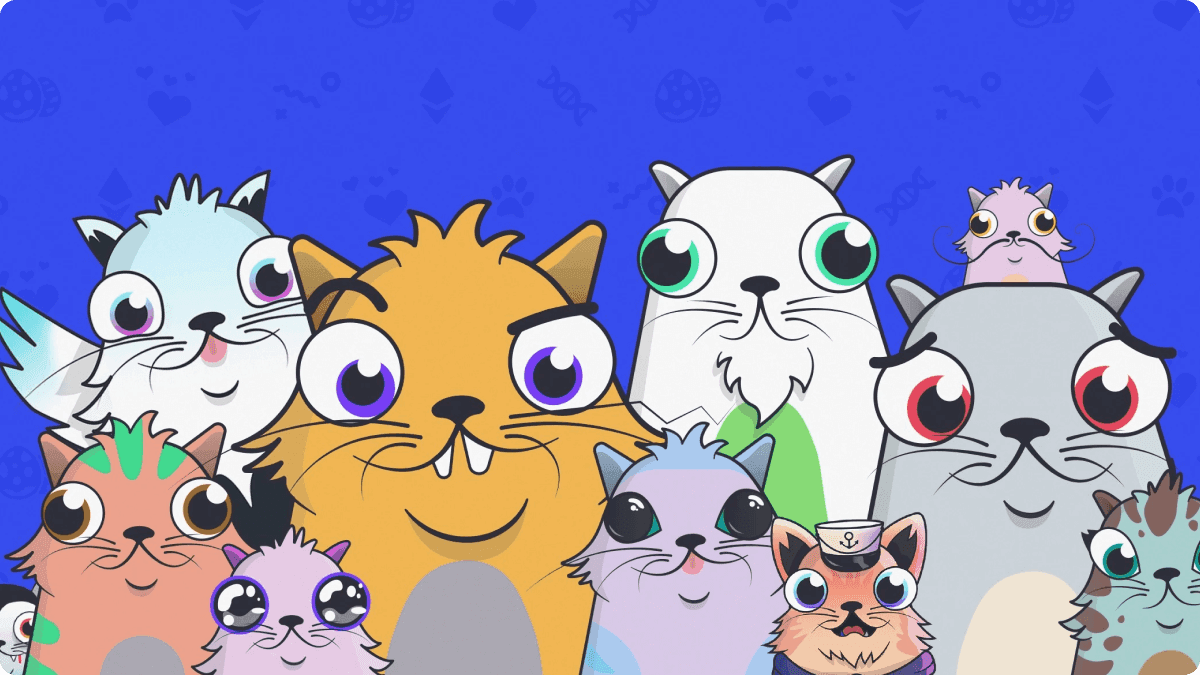
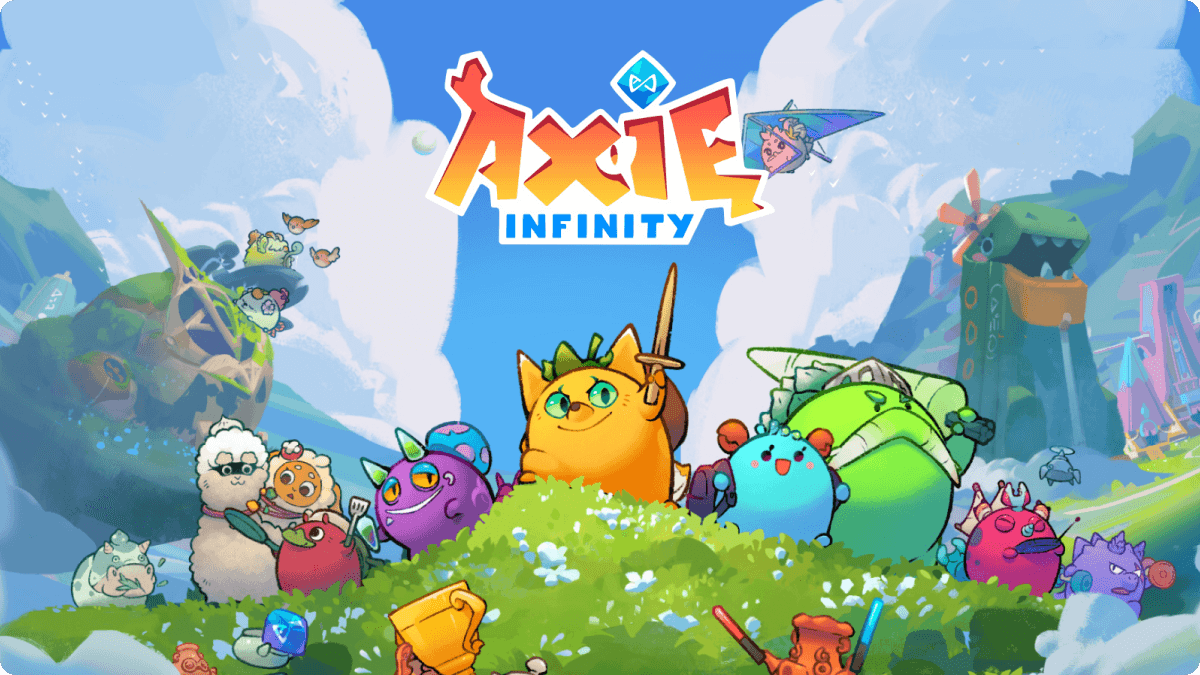
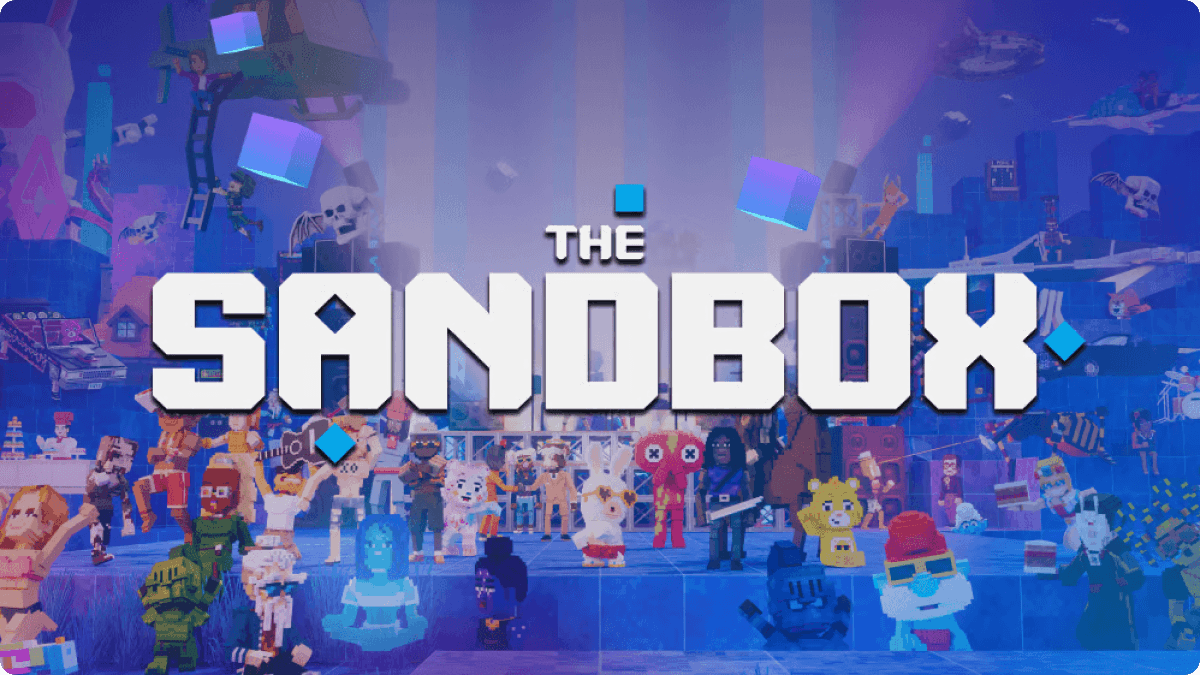
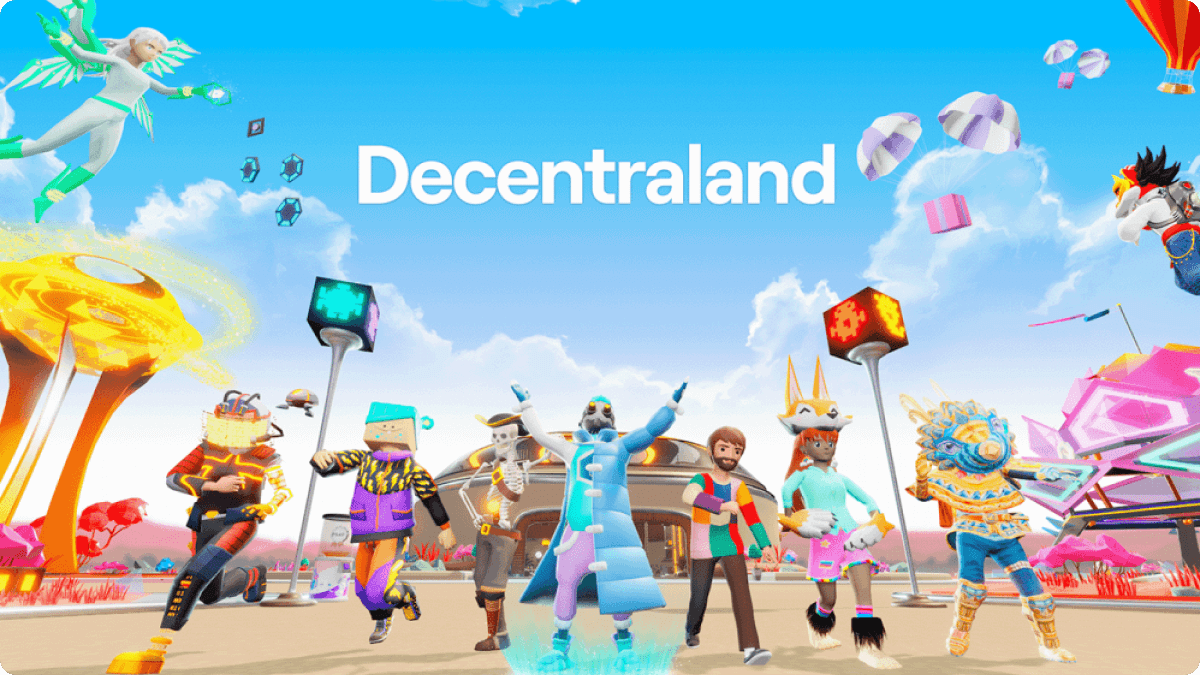
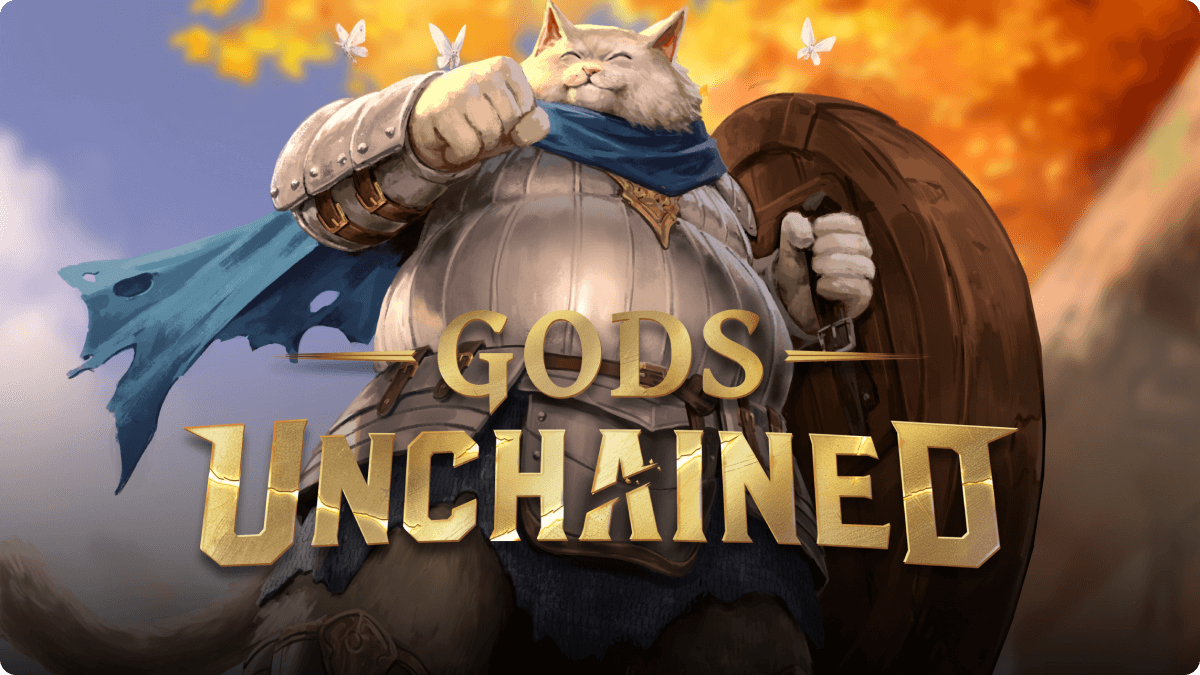
Looking for a different flavor of play-to-earn? Enter Rollspace, a GameFi platform specifically designed for decentralized games.
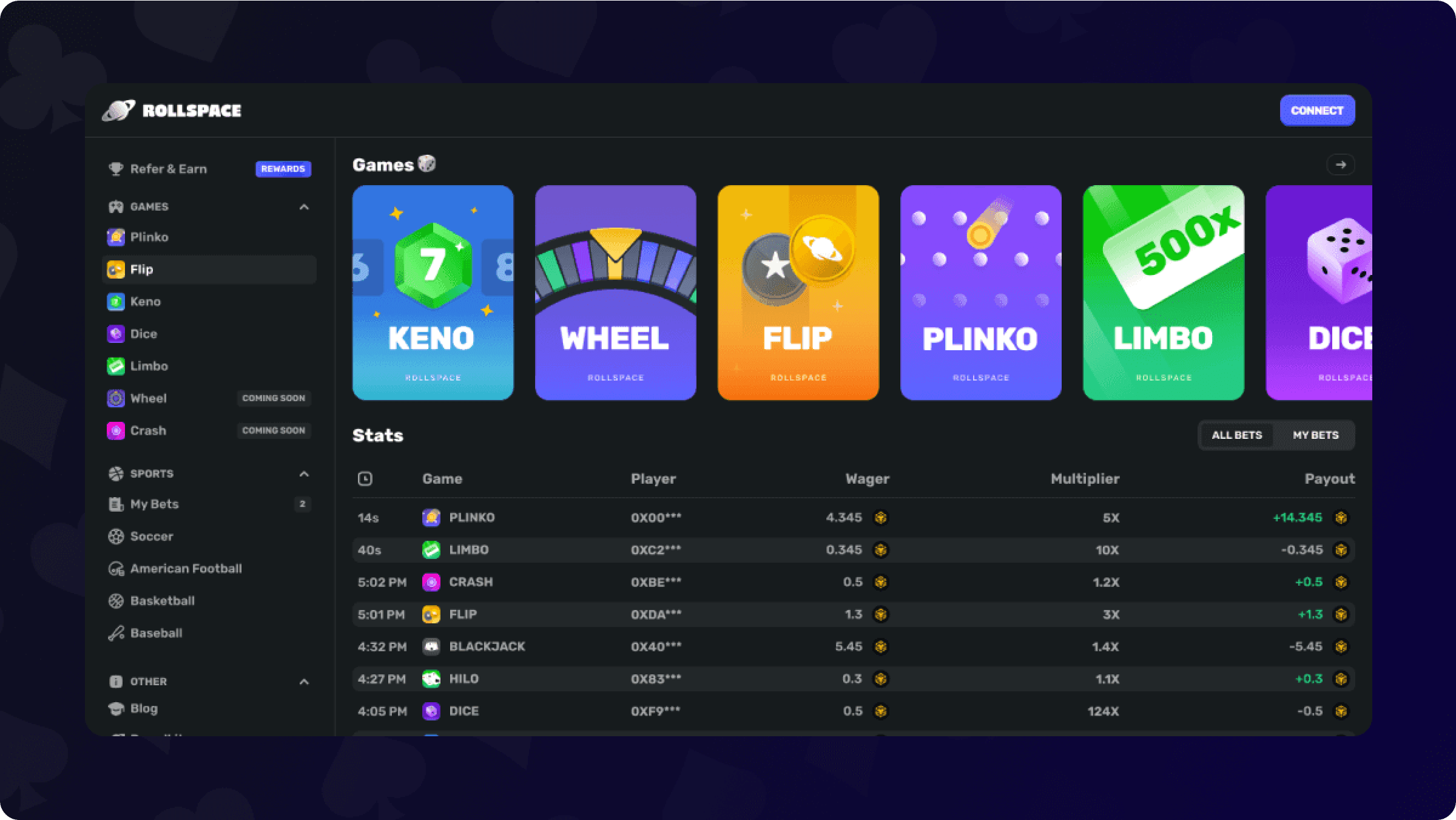
Play and earn with games such as Plinko, Limbo, Crash, and many more in a decentralized way just by connecting your web3 wallet.
Gaming DAOs operate as open-source gaming platforms, independent of any gaming administrators or operators. They prioritize community involvement and aim to establish a gaming environment driven by players.
Within Gaming DAOs, ownership of games can be redistributed across diverse gaming communities, involving players, developers, investors, and traders. This redistribution mechanism is a key feature of Gaming DAOs, enabling a more inclusive ownership structure.
Gaming DAOs are pivotal in enabling play-to-earn functionality within Web3 gaming. This innovative approach compensates players based on their participation and achievements in games, contrasting with traditional gaming models that primarily benefit game administrators or operators.
Play-to-earn in Gaming DAOs benefits both players and developers, fostering a gaming economy where skills are rewarded. In the following section, we'll explore some core Gaming DAOs to further explore these concepts.
The diverse world of Gaming DAOs can be categorized into three main groups:
Gaming guilds are informal groups of gamers, highly organized multi-game clans, and e-sport teams that participate in play-to-earn activities within a shared communal space. These guilds operate similarly to investment clubs, as they are financially structured and pool resources to purchase in-game digital assets.
Members of gaming guilds utilize these acquired in-game assets, often unique NFTs, to play games and earn in-game tokens collectively. The revenue generated is then distributed among all players. The rise of gaming guilds has had a significant impact on the Web3 game market due to their amassed in-game assets, attracting new gamers, game speculators, and gaming NFT traders.
Another facet of gaming DAOs involves evolving incubators and accelerators that primarily focus on fostering growth within Web3 gaming platforms. These entities offer expert guidance to platform founders, funding for new gaming ventures, and advanced technical solutions for game development and enhancement.
By providing gaming grants and strategic support to gaming clans and developers, incubators and accelerators play a crucial role in advancing Web3 gaming and bringing together stakeholders and investors to expand its financial reach.
A key aspect of gaming DAOs is represented by game developers collaborating on various Web3 game projects through a shared platform. These DAOs establish development guidelines and utilize smart contracts to autonomously manage gaming content moderation, in-game collectibles, voting processes, and auctions.
Looking ahead to 2024, the future of Web3 gaming looks promising, with several trends and developments shaping the industry.
Incorporating blockchain into gaming has changed the industry, democratizing it by removing centralized parties and creating new ways of monetization with more social and community-oriented gaming experiences — all of which further enhance the social and entertainment aspects of gaming.
However, it is unlikely that Web3 games will completely replace traditional games, as they offer different experiences and target different audiences. Nevertheless, Web3 games have the potential to create new opportunities and revenue streams for the gaming industry and provide unique gameplay experiences.
Lastly, as the technology and infrastructure for Web3 gaming continue to develop, we can expect to see more innovative and immersive games, increased adoption of cryptocurrency payments, and more opportunities for players and developers to participate in the decentralized gaming ecosystem.